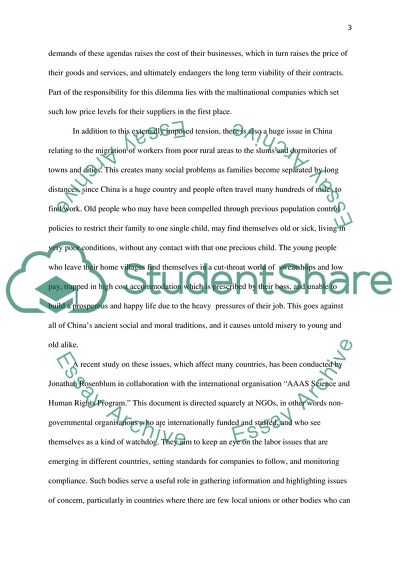Cite this document
(Labor Issues in China Research Paper Example | Topics and Well Written Essays - 2000 words, n.d.)
Labor Issues in China Research Paper Example | Topics and Well Written Essays - 2000 words. Retrieved from https://studentshare.org/politics/1764849-labor-issues-in-china
Labor Issues in China Research Paper Example | Topics and Well Written Essays - 2000 words. Retrieved from https://studentshare.org/politics/1764849-labor-issues-in-china
(Labor Issues in China Research Paper Example | Topics and Well Written Essays - 2000 Words)
Labor Issues in China Research Paper Example | Topics and Well Written Essays - 2000 Words. https://studentshare.org/politics/1764849-labor-issues-in-china.
Labor Issues in China Research Paper Example | Topics and Well Written Essays - 2000 Words. https://studentshare.org/politics/1764849-labor-issues-in-china.
“Labor Issues in China Research Paper Example | Topics and Well Written Essays - 2000 Words”, n.d. https://studentshare.org/politics/1764849-labor-issues-in-china.


